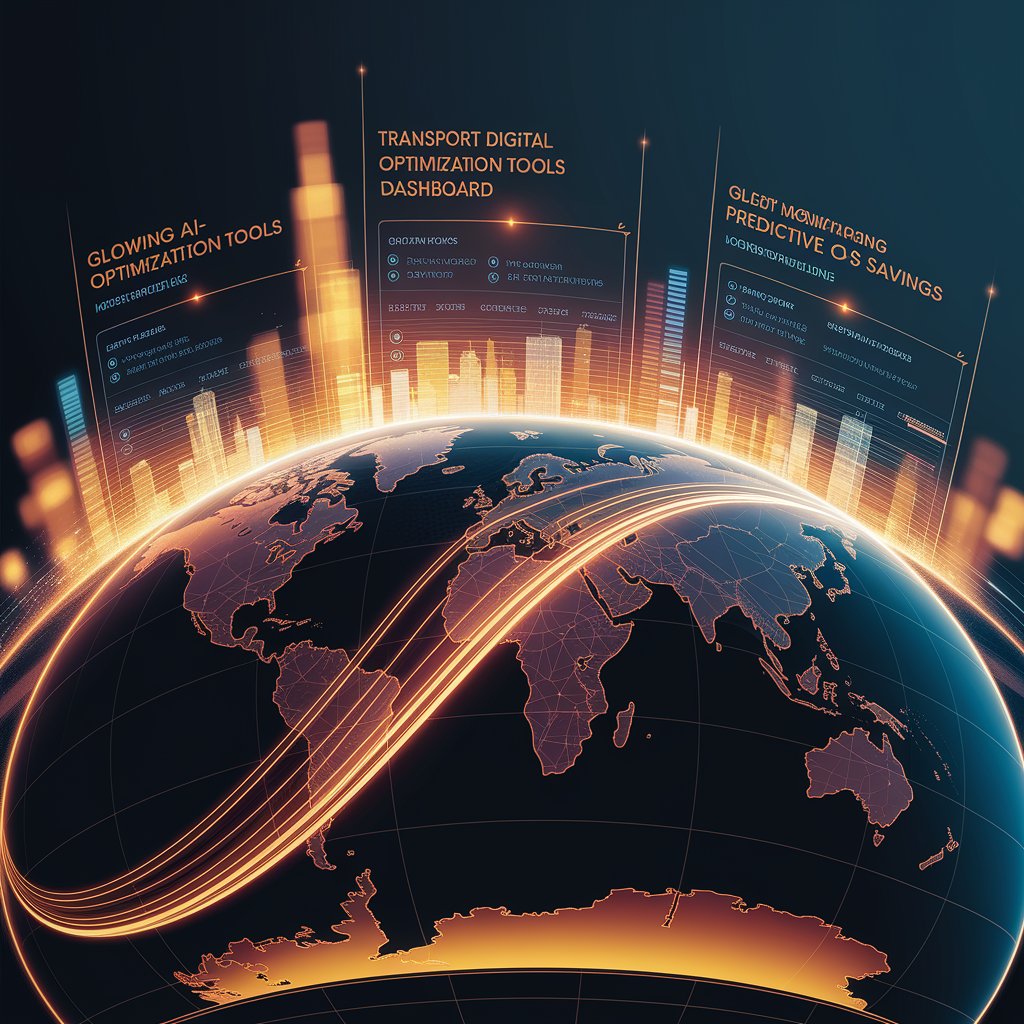How Transport Digital Optimization Tools Work with Linbis
Transport logistics is one of the most complex and expensive parts of the supply chain. Companies face challenges like traffic delays, underutilized vehicles, rising fuel prices, and lack of visibility. Traditional planning systems often fail to adapt quickly to these changes.

Introduction
With transport digital optimization tools, Linbis leverages AI, automation, and real-time analytics to optimize routes, manage fleets, and reduce costs—turning transport operations into a strategic advantage.
Step 1: Centralize Transport Data
Linbis integrates data from multiple sources into a single platform:
- Carrier APIs → schedules, capacity, rates.
- GPS & IoT sensors → live vehicle locations, fuel, temperature.
- Shipment details → cargo type, priority, deadlines.
- Traffic & weather feeds → real-time disruptions.
Step 2: AI Route and Fleet Optimization
AI analyzes transport data to:
- Assign best routes with lowest cost and travel time.
- Balance fleet usage across carriers and vehicles.
- Predict and avoid delays with traffic and weather forecasting.
- Optimize fuel consumption to cut expenses.

Step 3: Automate Workflows
- Shipments are assigned automatically to the best carrier or vehicle.
- If a disruption occurs → AI triggers rerouting instantly.
- If fleet utilization is low → System consolidates shipments.
- Customers receive proactive updates through portals.
Step 4: Real-Time Dashboards
Managers gain visibility with digital dashboards:
- Live transport maps.
- Predictive ETAs with AI adjustments.
- Cost performance and savings reports.
- Carrier and fleet efficiency scorecards.
Step 5: Continuous Optimization
- Every trip refines AI predictions.
- Automated alerts improve decision-making speed.
- Transport efficiency increases cycle after cycle.

Advanced Features
- Scenario simulations: Test “what if” scenarios for costs and routes.
- Multi-modal optimization: Road, air, ocean, and rail in one system.
- Sustainability tracking: Monitor and reduce CO₂ emissions.
- Seamless integration: Connect with TMS, ERP, and CRM.
Real-World Example 🚛
A logistics company in New Jersey adopted transport digital optimization tools with Linbis. In 4 months:
- Reduced transport spend by 15%.
- Improved delivery reliability by 20%.
- Achieved a 10% drop in CO₂ emissions through smarter routing.

Benefits 📈
- Cost Reduction: Minimize freight spend and fuel use.
- Efficiency: Automate routing and fleet allocation.
- Visibility: Real-time dashboards improve control.
- Resilience: AI predicts and mitigates disruptions.
- Customer Value: Faster and more reliable deliveries.
Conclusion
With transport digital optimization tools, Linbis empowers logistics providers to improve efficiency, cut costs, and gain full control over transport operations. By combining AI, automation, and real-time visibility, transport becomes a competitive advantage.
